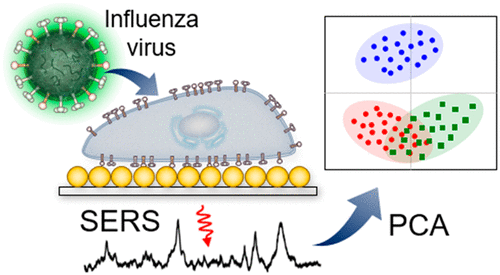2006. Kwang-il Lim, John Yin. "Dynamic tradeoffs in the raft-mediated entry of human immunodefi

To initiate an infection human immunodeficiency virus type 1 (HIV-1) particles must first bind to receptors on the surface of their host cells, a process that eventually leads to fusion of viral and cellular membranes and release of the viral genome into the cytoplasm. Understanding the molecular mechanisms of these processes may enable the development of new anti-HIV strategies. Disagreement currently prevails on the role in virus entry of microdomains within the cellular plasma membrane known as lipid rafts. Experiments have suggested that lipid rafts, in their interactions with cellular receptors and viral particles, either promote or have minimal effect on viral entry. Here we develop a dynamic model for HIV-1 entry that enables us to identify and quantitatively assess tradeoffs that can arise from the clustering of receptors in rafts. Specifically, receptor clustering can be detrimental to the initiation of viral infection by reducing the probability that a virus particle finds its primary receptor, CD4. However, receptor clustering can also enable a virus particle, once bound, to rapidly form multivalent interactions with receptors and co-receptors that are required for virus-cell membrane fusion. We show how the resolution of such tradeoffs hinges on the level and spatial distribution of receptors and co-receptors on the cell surface, and we discuss implications of these effects for the design of therapeutics that inhibit HIV-1 entry.
PMID: 16136590 DOI: 10.1002/bit.20680
StartFragment
EndFragment












